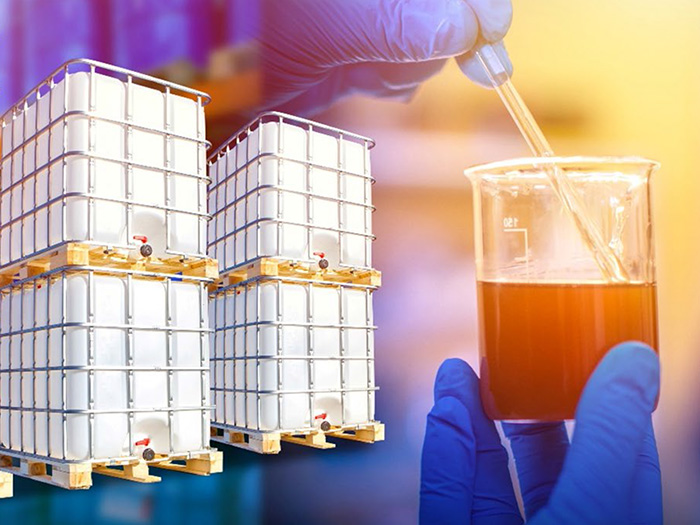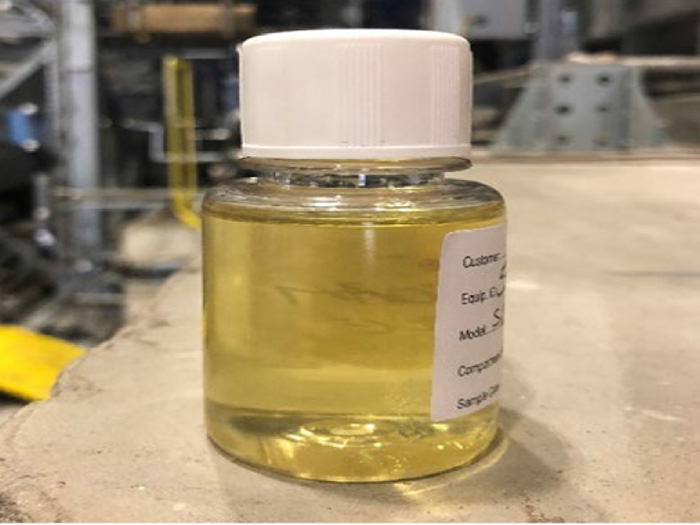Kleen Oil
KLEENOIL FILTRATION manufactures and supplies the finest and most affordable cellulose depth filtration to act as a bypass system in cleaning and maintaining your lubricants to the finest cleanliness levels.
Established in 1976, Kleenoil is a UK-based manufacture of the Kleenoil cellulose depth filtration system, serving all applications where oil cleanliness is key, whether it be heavily worked engines, production machinery, or oil tanks for large systems such as balers and shears in the recycling industry.
Kleenoil manufactures the entire system and the replacement filter cartridges to ensure source reliability and continual service, offering the system through established distributors across the World.
In the UK, Kleenoil offers a service-based package to alleviate the work of machine condition-based monitoring from the client, allowing for quarterly servicing, independent laboratory oil sampling, and full reporting to achieve predictive alerts to potential issues
A Worldwide distribution network offers the Kleenoil system as a direct installation or mobile unit to suit any application. Even in the most aggressive environments, Kleenoil can address the issues of moisture, particulates, varnishing, and component failures due to poor oil hygiene.
The Kleenoil ethos is to reuse your oil rather than change it — reduce your oil consumption to merely top-ups, and you will save not only your own resources but also the rest of the World’s.
What is the cleanliness of new oil?
Typically, turbine and hydraulic oils leave the blend plant at a cleanliness of ISO 19/17/14. But as we’ve defined, once it is put into transit trucks or drums, the delivered oil will not be as clean and will worsen the longer its route.
There are manufacturers offering filtered hydraulic oil on request, achieving a cleanliness rating of 14/11/9. There is a heavy cost for this process to offer such an assurance of cleanliness.
The Benefits of Cleaner Lubricants: In most lubricated assets, contamination accounts for as much as 70% to 80% of lubrication-related reliability problems. In hydraulic systems, it’s 90%.
Cleaning lubricants by just one cleanliness code can provide a 35% increase in equipment life.
Contaminated oil can be a direct result of poor reliability and consequent downtime.
Filtering Before Use
For those who want to clean oil before use, what is the best course of action?
Filtering stored oil for “too long” can be pointless. You will not damage the oil, but it’s a pointless exercise if you’ve achieved an optimum level and there is no further likelihood of the ingress of contamination in a sealed container.
But then there are oils that aren’t filtered long enough, and so dirty or wet oil is put into the equipment.
Having confidence in filtration through experience is the most affordable way, but this takes time and expertise. We all want validation of cleanliness levels; investing in a particle counter offers this on the spot but can be expensive.
The best and cheapest method is always a traditional independent laboratory analysis, provided you are prepared to wait a few days.
Which Filtration?
The levels and types of filtration are extensive. Each kind varies massively in differing results: from simple “rock catchers,” such as metal mesh or pleated cards, through to the glass fiber and woven or non-woven, to the finest levels of cellulose depth.
Using cellulose depth filtration is one of the finest levels of oil filtration that also removes moisture in the same application. Using this method of filtration as a single pass transfer will ensure one of the best levels of cleanliness. And better still, you can leave it to circulate cleanse in storage, whether drum or IBC. The rule of thumb is seven times, so if your IBC is a full 1000 liters, let it cleanse seven passes at a flow rate of, say, 1000 lph. Simply seven hours, or a day shift, to get it ready for transfer.
The value of this simple improvement in your lubrication program cannot be overstated.
With few exceptions, oils should not be put into service without filtration. The length of time oil should be filtered will vary considerably based on the lubricant’s initial cleanliness level, the filter’s ability, and the flow rating of the pump on the filtration unit
The best and cheapest method is always a traditional independent laboratory analysis, provided you are prepared to wait a few days.
Ongoing cleanliness is a balancing act!
It is a challenge to achieve desired contamination control targets due to so many factors:
- Tank size
- Fixed & Variable Speed Engines
- Dirt ingression rates
- Oil flow rates
- Operational changes
- Temperatures
- Filtration changes
- Maintenance
- Repairs
This all influences particle-capture efficiency, so the initial solution is to balance how contamination and moisture are removed to a rate greater than contamination ingress and assess through planned condition monitoring.
The obvious way is to run the filtration 24/7 as opposed to just machine operational hours — that way, the filtration is gaining pace when ingress is minimized.
And it’s worth acknowledging that it is just not possible to adequately remove contaminants at a sufficient rate with full-flow filtration to maintain this balance. This is not a criticism; it’s just that most standard filtration has to work in full flow and cannot allow itself to inhibit the pressures. So the media is just not fine enough to take particle capture down to smaller sizes, but enough to remove the visible pieces.
Yet most machines have pumps or valves that have finer tolerances and will not cope with the next finer level of contamination not captured in full flow
OEMs often add “staged” filtration to try and address this, so while the first level might remove down to 40 microns, the next may take it to 25 microns. Still, this is often not enough, and with full flows, you will often still see bigger pieces being pushed through, as can be seen in the adjacent image; here, the standard filtration has allowed these pieces through to before the cellulose depth filter.
Where full filtration proves ineffective at maintaining balance, offline filtration, permanent or as a routine cleanses, is the solution.
The goal of balanced filtration is to ensure that the oil remains at or below the target cleanliness and dryness levels for optimum system reliability.
Routine monitoring will allow for assessments to ensure the balance in cleanliness by tweaking filtration changes or pinpointing looming pump and cylinder wear that can avoid breakdowns.
It’s no secret that maintaining good filtration alongside routine condition monitoring will ensure the best productivity and least downtime.






